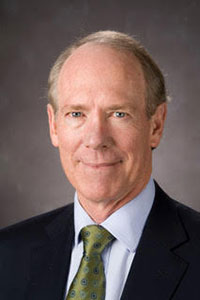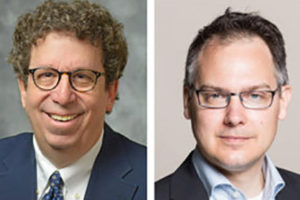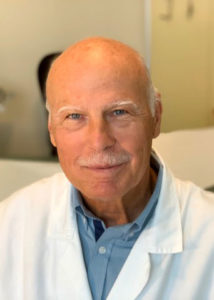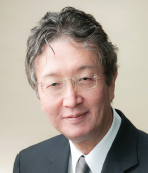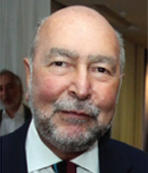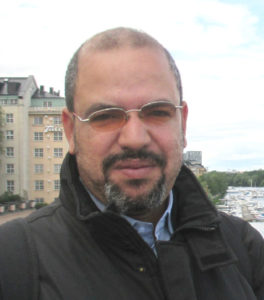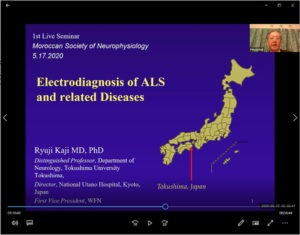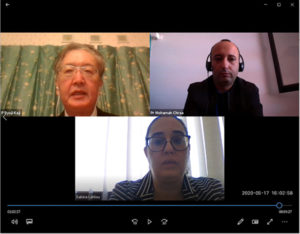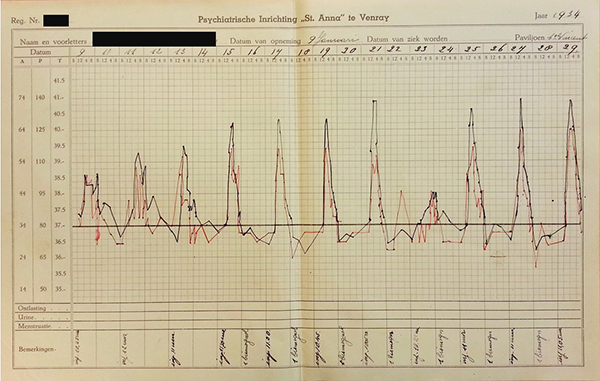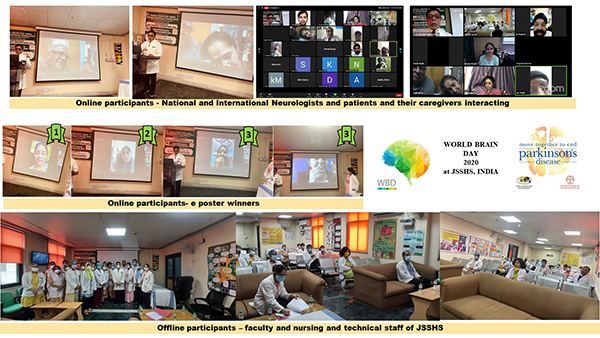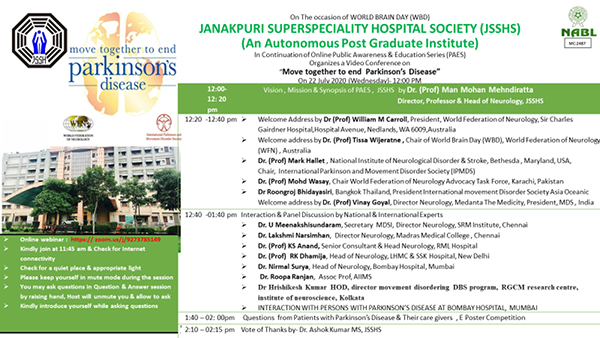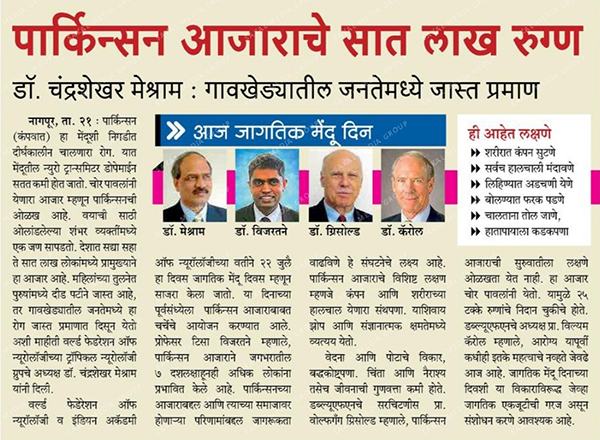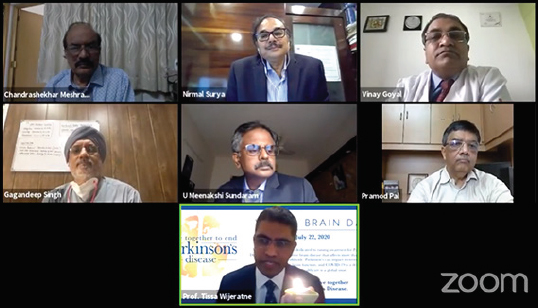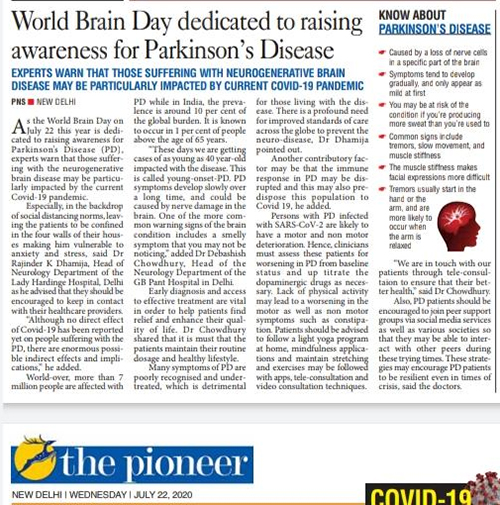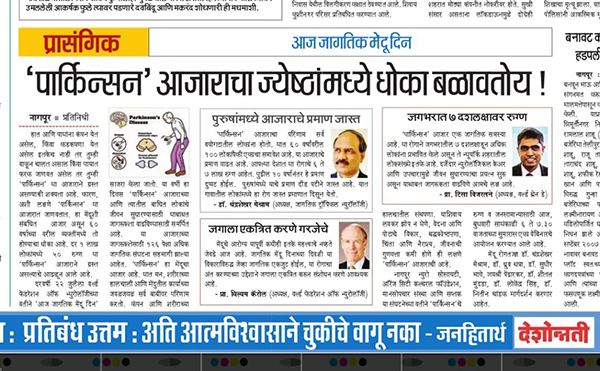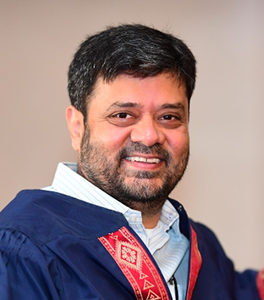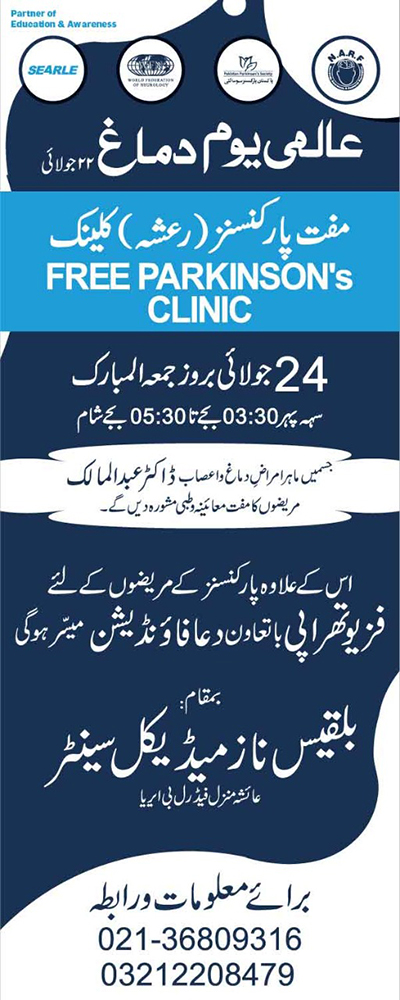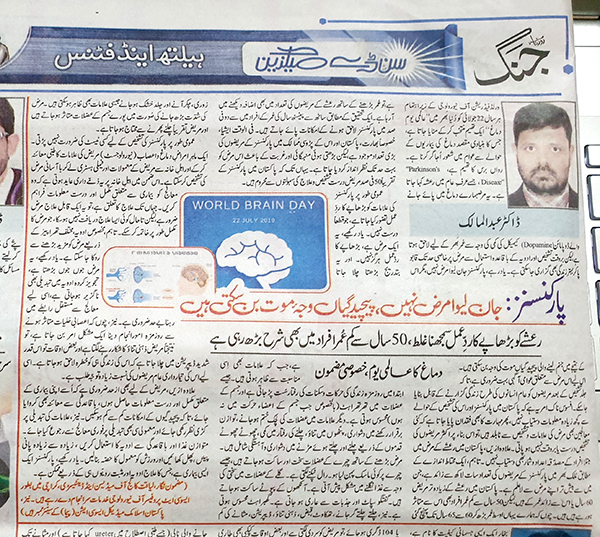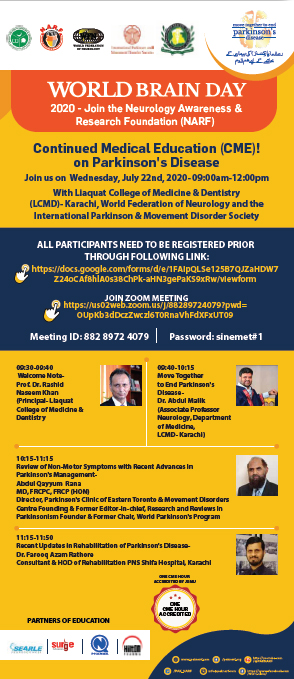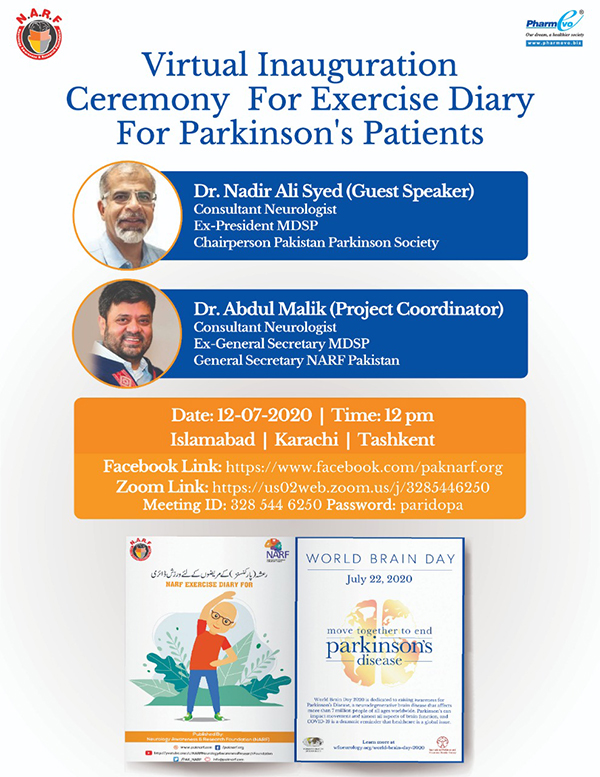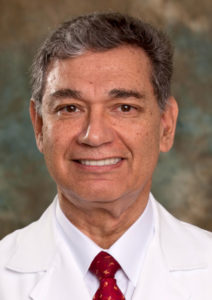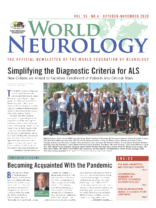New Criteria are Aimed to Facilitate Enrollment of Patients into Clinical Trials
By Matthew Kiernan, for the ALS Consensus Committee
The World Federation of Neurology recently joined forces with the International Federation of Clinical Neurophysiology and patient support groups, including the Motor Neurone Disease Association (UK) and the American ALS Association, to convene a consensus meeting to address diagnostic criteria for amyotrophic lateral sclerosis (ALS; motor neurone disease).
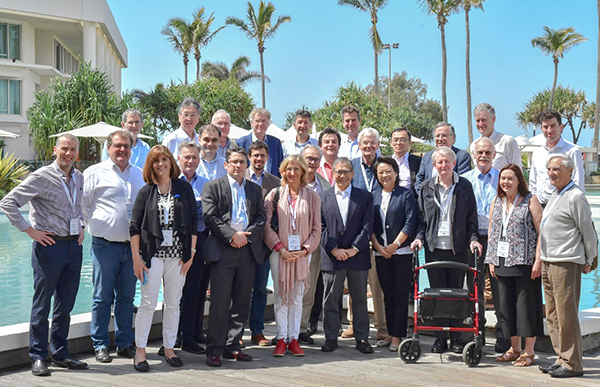
Matthew Kiernan, Chair of the ALS/MND Specialty Group, World Federation of Neurology. ALS Consensus Committee: Ammar Al-Chalabi (London, UK), Mark Baker (Newcastle upon Tyne, UK), David Burke (Sydney, Australia), Li-Ying Cui (Beijing, China), Mamede de Carvalho (Lisbon, Portugal), Andrew Eisen (Vancouver, Canada), Julian Grosskreutz (Jena, Germany), Orla Hardiman (Dublin, Ireland), Robert Henderson (Brisbane, Australia), Ryuji Kaji (Tokushima, Japan), Matthew Kiernan (Sydney, Australia), Jose Manuel Matamala (Santiago, Chile), Hiroshi Mitsumoto (New York, USA), Waulter Paulus (Gottingen, Germany), Jeremy Shefner (Phoenix,USA), Neil Simon (Sydney, Australia), Michael Swash (London, UK), Kevin Talbot (Oxford, UK), Martin Turner (Oxford, UK), Leonard van den Berg (Utrecht, The Netherlands), Renato Verdugo (Santiago, Chile), Steve Vucic (Sydney, Australia) Photo Legend: ALS Consensus Committee, Gold Coast, Australia.
The broad aim of the consensus meeting was to improve the process of diagnosis of ALS in the early stages of the disease, when clinical symptoms are minimal, thereby giving therapies the best chance of success. Previous ALS criteria, dating back to the original El Escorial and later Airlie House and Awaji criteria, used degrees of diagnostic certainty from possible to definite ALS. While such an approach makes sense, it also carries a degree of uncertainty for patients, their families, and clinicians. From a practical level, patients with a label of possible ALS may be denied entry to clinical trials, even though such patients would likely benefit from instigation of trial therapies compared with those recruited later in their disease.
Given that uncertainty around a diagnosis of ALS constitutes a potential barrier to patient enrollment in clinical trials, the consensus meeting held on the Gold Coast in Australia began by considering a broad range of data across different phenotypes, clinical presentations, and outcome measures, in addition to discussions that evaluated diagnostic technologies.
Prior to defining consensus criteria, a collective understanding of ALS was established based around key tenets: that ALS represented a progressive disorder of the motor system, that it involves dysfunction of upper and lower motor neurone compartments of the nervous system, and that there is typically a focal onset. It was accepted that while upper motor neuron signs were not always clinically evident, involvement of the lower motor neuron was more often apparent through clinical examination. In terms of diagnostic technologies, supportive evidence of lower motor neuron dysfunction has tended to be derived from electromyography and neuromuscular ultrasound, particularly the detection of fasciculations in multiple muscles. Supportive evidence of upper motor neuron dysfunction was more limited, relying on transcranial magnetic stimulation studies of the central motor nervous system, MRI, and neurofilament levels, although it was accepted that a diagnosis of ALS does not require these investigations. And finally, while ALS may include cognitive, behavioral, and psychiatric abnormalities, these features were not essential for a diagnosis.
Accepting these broad concepts of disease, combined in an integrated fashion, a consensus was reached, whereby ALS was defined by the presence of:
- Progressive motor impairment, documented by history or repeated clinical assessment, preceded by normal motor function.
- Upper and lower motor neurone dysfunction in at least one body region (in the same body region if only one body region was involved), or lower motor neuron dysfunction in at least two body regions.
- Investigation findings that excluded alternative disease processes.
In adopting these simplified criteria for ALS, the previous diagnostic categories of possible, probable, and definite were abandoned. Such assessment of a likelihood of disease served to generate misinterpretation by patients, who may inadvertently have considered that such terms represented the likelihood that ALS was causing their symptoms.
In reality, the consensus group acknowledged that nearly all patients diagnosed as possible ALS continue to progress and ultimately die from ALS. Moving forward from these new consensus criteria, it is anticipated that ALS patients will be fast-tracked into clinical trials. With the advent of these new criteria, the diagnosis of ALS can be made early, and definitively. •
Reference:
Shefner JM, Al-Chalabi A, Baker MR, et al. A proposal for new diagnostic criteria for ALS. Clin Neurophysiol 2020;131:1975-1978.
